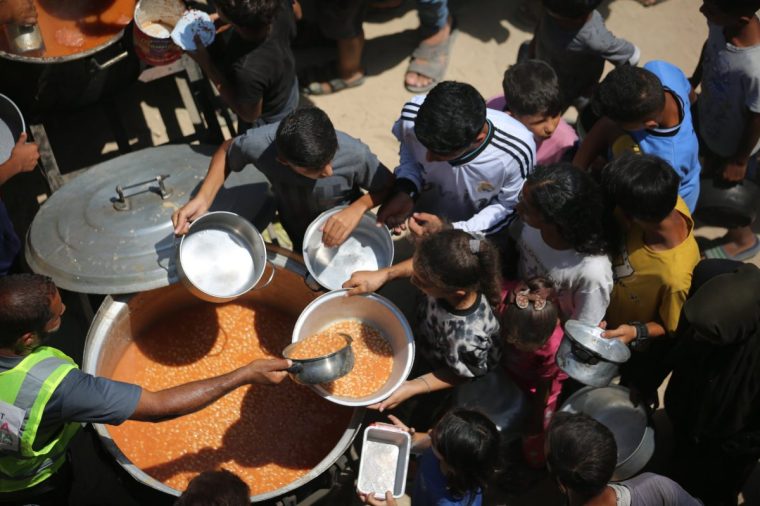Gaza aid organisations have warned of ‘miniscule’ assistance being supplied as key crossings remain closed
Israel announced on Sunday new efforts to improve aid access in Gaza, including routes for UN aid trucks, “pauses” in military operations and airdrops.
However, the UN has said it is still not getting the permissions it needs to deliver enough aid, with several key crossings into the territory remaining shut indefinitely.
The UN published figures yesterday stating that only four crossings across the Gaza Strip remain open for staff rotations and the limited entry of approved cargo.
These include Zikim and Gate 96, with Kerem Shalom being used for limited cargo entry since May 18. The Kissufim crossing reopened on June 3.
Closed crossings in Gaza include those at Erez and Sufa, the latter of which has been inactive since 2008, opening only briefly in March and April 2011.
The Kami crossing saw a gradual closure from 2007 before being brought fully out of use in 2011. It is located beside the Nahal Oz crossing, which shut down in 2010.
The UN added that across June, only 131 missions to provide aid to Gaza were successful after being facilitated by the Israeli Coordination and Liaison administration, adding that 38 missions were impeded following an accepted request.
It said 174 missions were denied by the administration, while 50 were canceled by humanitarian organisations for logistical, operational or security reasons.
UNICEF told The i Paper that the only crossings into Gaza currently available for its humanitarian deliveries were Zikim and Kerem Shalom, adding that the main crossing at Rafah remained closed.
A spokesperson for the organisation said: “UNICEF continues its private and public advocacy to open all available crossing points and allow aid into Gaza at scale and in an unrestricted and sustained way.
“Our aid is at the borders just a few kilometres away from the people who need it, and we’re ready to get more in if we’re allowed and guaranteed facilitation and safety for the aid and the humanitarian workers to be able to deliver it to the children who need it wherever they are in Gaza.”

The Israeli and US-backed Gaza Humanitarian Foundation operates sites in the areas of Khan Younis, Wadi Gaza, Tal al-Sultan and the Saudi neighbourhood in Rafah.
Israel and the US accuse militant group Hamas of stealing aid, which the group denies, and the UN of failing to prevent it.
The UN says it has not seen evidence of Hamas diverting much aid. Hamas accuses Israel of causing starvation and using aid as a weapon, which the Israeli government denies.
The Government is intensifying efforts to push Israel to open up its border with Jordan to allow aid trucks into the Strip.
It follows a joint statement with Germany and France last week which called for Israel to immediately lift restrictions on the flow of aid.
The Israeli customs authority said 220 aid trucks had entered Gaza on Tuesday, while the UN has stated up to 600 trucks would be needed daily to supply the population of the enclave.
Medical Aid for Palestinians’ Gaza Director, Fikr Shalltoot, said that airdrops were not a sustainable form of supplying the population of the enclave, claiming some Palestinians had been injured by the drops.
She said: “The reality is that the levels of aid being let into Gaza are still a miniscule amount of what is needed to prevent mass starvation continuing.
“What Gaza needs is not aid from the air. It needs an end to the Israeli blockade, full humanitarian access, coordinated aid delivery through established UN mechanisms, and a permanent ceasefire now.”
